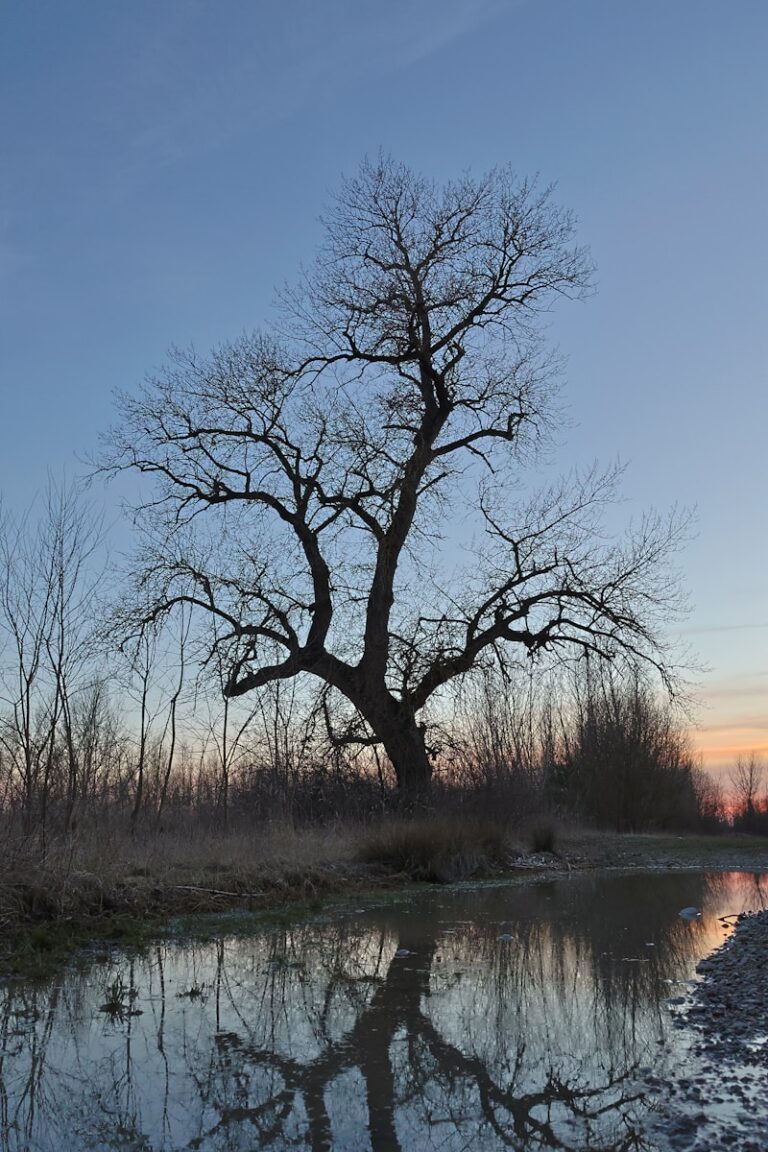In a quiet corner of the British countryside, trees are being guided—not just grown. Their branches spiral, arch, and twist into whimsical shapes, natural sculptures, and even living furniture. Welcome to the enchanting world of tree shaping—a living art form that blends horticulture with imagination, and one you can actually experience while traveling through the UK.
🌱 What is Tree Shaping?
Tree shaping (also known as arborsculpture, pleaching, or botanical architecture) is the practice of training living trees and plants into intentional shapes, structures, and sculptures. Using slow, patient techniques like grafting, bending, and pruning, artists create everything from living chairs and bridges to abstract designs that take decades to complete.
It’s an ancient practice, with roots in everything from medieval hedge-weaving to bonsai traditions, but modern tree shaping brings a new wave of creativity, sustainability, and slow art—and the UK has quietly become a hub for it.
🌍 Where to Experience Tree Shaping in the UK
Whether you’re an artist, a gardener, or simply a curious traveler, here are a few places where you can see, learn, or even try tree shaping yourself:
🌿 1. Full Grown – Derbyshire
Arguably the UK’s most famous name in tree shaping, Full Grown is a working farm and studio where trees are literally grown into chairs, lamps, and tables. Created by designer Gavin Munro, this project is a masterclass in patience—some pieces take up to a decade to “grow.”
🪑 Can you visit? Yes! Bookings for tours are available (seasonally), offering a rare behind-the-scenes look at living furniture in progress.
🌿 2. The Alnwick Garden – Northumberland
While not a tree shaping destination per se, The Alnwick Garden (home of the famous Poison Garden) features pleached lime tree tunnels and living architecture that show how traditional tree training is still being used for beauty and structure.
🌼 Bonus: Explore one of the UK’s most unique gardens with themed areas, waterfalls, and artistic landscaping.
🌿 3. Whittington Lodge Farm – Gloucestershire
Occasionally hosting eco-retreats and sustainable living courses, this farm explores permaculture and regenerative design, including introductory workshops in tree training and living fences. Ideal for eco-conscious travelers with green thumbs.
🌳 Why Tree Shaping is the Ultimate “Slow Travel” Experience
In a fast-paced world of bucket lists and bullet trains, tree shaping is the embodiment of slow travel. It invites you to pause, observe, and appreciate the passing of time in nature.
- 🕰️ Rooted in patience: It takes years to complete a piece—watching the process is a lesson in time itself.
- 🧘 Mindful and meditative: Whether sculpting or simply observing, it’s an exercise in connection and calm.
- 🎨 Nature as canvas: It blurs the line between art and ecology.
- 🌍 Sustainable and regenerative: Tree shaping is living proof that design doesn’t have to be destructive.
✂️ Want to Try Tree Shaping?
You don’t have to be a master arborist to start. Some UK workshops and eco-villages offer hands-on tree shaping or willow weaving classes, particularly during the spring and summer months. You can also try basic pleaching or espalier techniques in your own garden.
Look for events or courses at:
- Local permaculture farms
- Botanic gardens and arboretums
- Community orchards
- Greenwood craft festivals or sustainability events
🌳 Final Thoughts: Growing Art, One Branch at a Time
Tree shaping in the UK is more than just a novelty—it’s an art form rooted in respect for nature, a celebration of time, patience, and creativity. It offers travelers a chance to witness the world quite literally growing into something magical.
So if your journey takes you off the beaten path—perhaps through the quiet lanes of Derbyshire or the lush landscapes of Gloucestershire—keep an eye out. That twisted trunk or arched branch might not just be nature… but a masterpiece in progress.
Have you stumbled across tree shaping in the wild? Or tried it yourself? Share your experience—let’s grow the story together.
